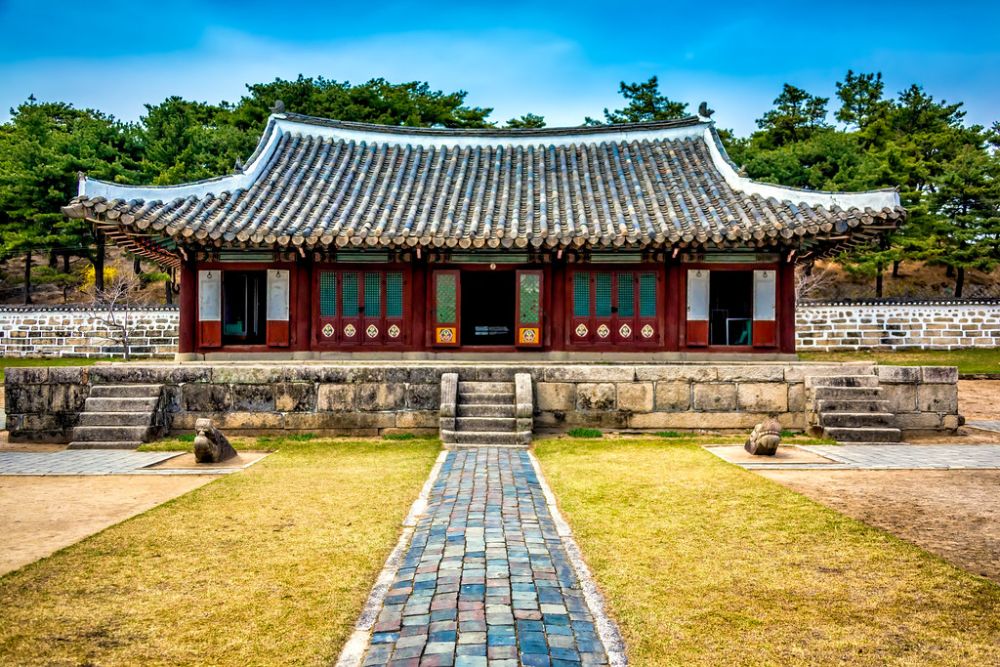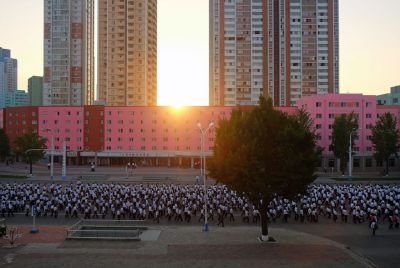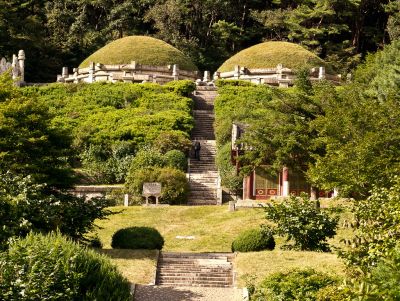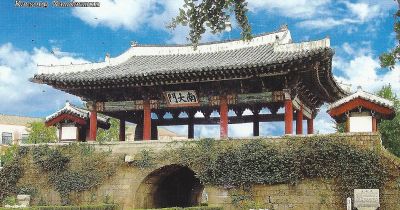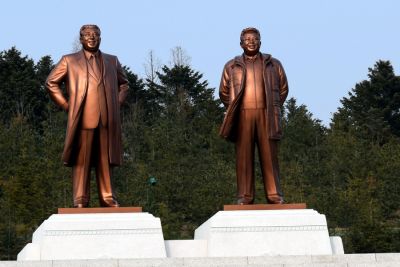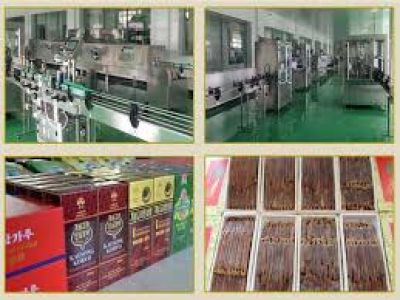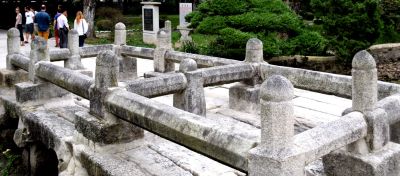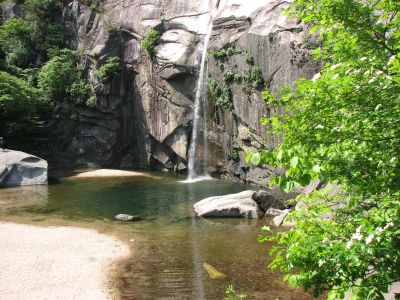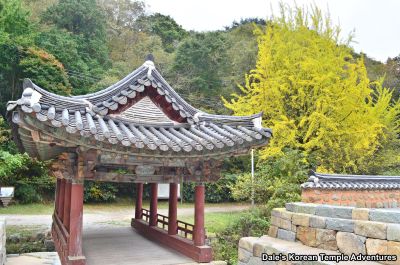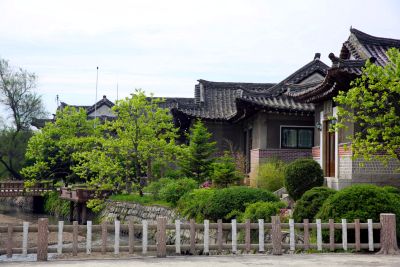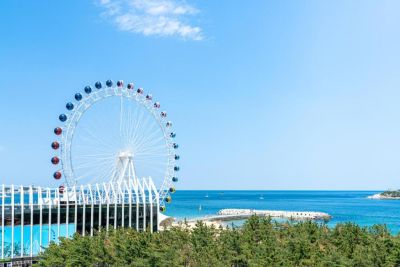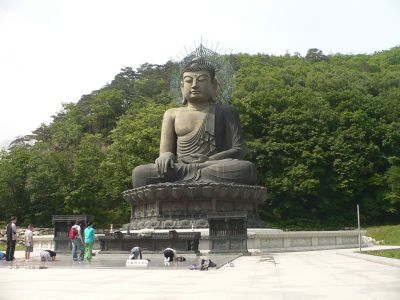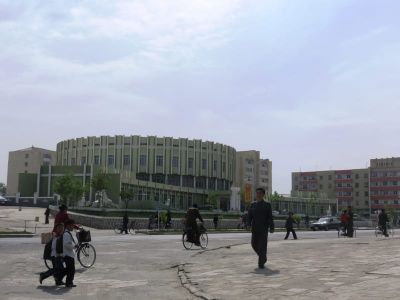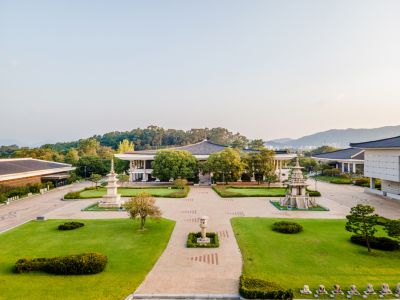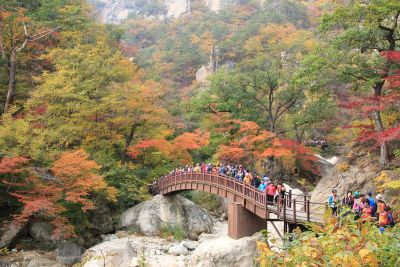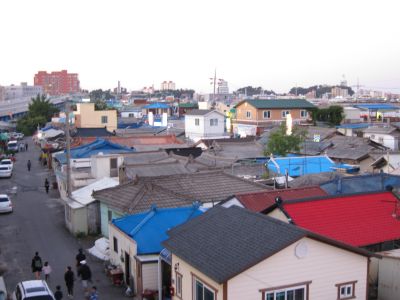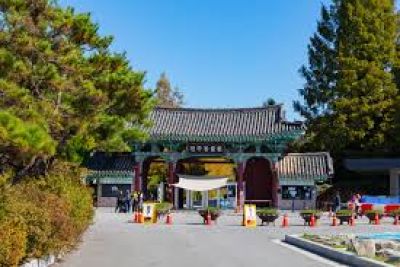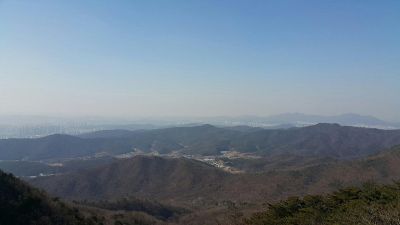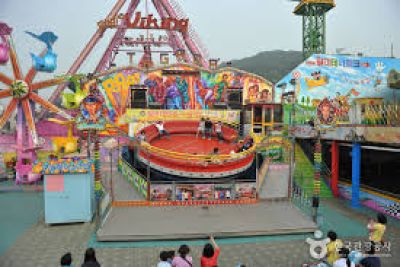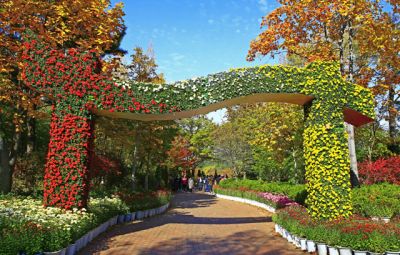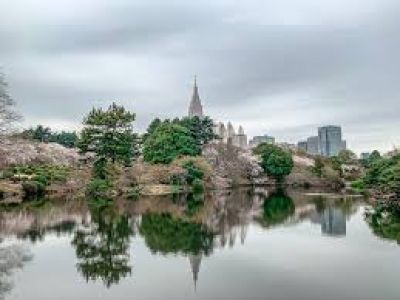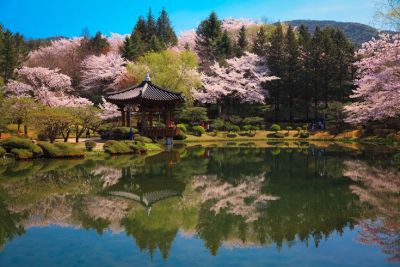The Koryo Museum in Kaesong, North Korea
Located in the ancient city of Kaesong, the Koryo Museum is one of North Korea's most significant cultural institutions. Housed in the former Songgyungwan, a historical Confucian educational institute, the museum offers a rich glimpse into the Koryo Dynasty, which ruled from 918 to 1392 AD, marking an important chapter in Korean history.
Historical Significance
The Koryo Dynasty is known for its remarkable achievements in the fields of art, culture, and technology. It was during this era that the world's first metal movable type printing was invented, predating Gutenberg's press. The Koryo Museum's location, Kaesong, was the capital of Koryo, and its historical importance is palpable throughout the city, with many well-preserved structures and artifacts.
The Museum's Collections
The Koryo Museum boasts an extensive collection of artifacts ranging from ceramics, including the famed Koryo celadon, to sculptures, paintings, and ancient texts. Its architecture, characterized by its elegant wooden structures and traditional tile roofs, is a draw by itself, offering insight into the craftsmen's skills during the dynasty.
Tourism History in Kaesong and Koryo Museum
The tourism history of Kaesong, and particularly of the Koryo Museum, is closely intertwined with the politics of the Korean Peninsula. For several decades, strict travel restrictions for foreign tourists kept North Korea's rich history obscured from the world. It was only in recent years that North Korea began to open its doors to a greater number of foreign tourists, revealing treasures such as the Koryo Museum.
Despite the political tensions, tourism in Kaesong has gradually been promoted, with the Koryo Museum as a key highlight for visitors interested in the Korean heritage. The museum offers a unique window into a historical epoch that shaped the Korean identity and has been instrumental in the cautious growth of cultural tourism in North Korea.
Latest Tourism Trends
In recent times, there has been a mild increase in cultural and historical tourism in North Korea, with the Koryo Museum playing a significant role. Specialized guided tours bring small groups of outsiders to gain insights into the region's history and culture. Visitors are typically accompanied by government-approved guides and are restricted to planned itineraries.
Eco-tourism and recreational tourism have also revealed potential for future growth, although geopolitical situations make it challenging to predict developments. Many scholars and history enthusiasts hope that relations will continue to improve, allowing more people to explore North Korea's hidden treasures, such as the Koryo Museum.
Conclusion
The Koryo Museum in Kaesong remains a remarkable repository of the history and culture of the Koryo Dynasty. Although it currently only receives a limited number of foreign visitors, the museum's collections continue to be an important resource for understanding the broader narratives of Korean history and heritage.
